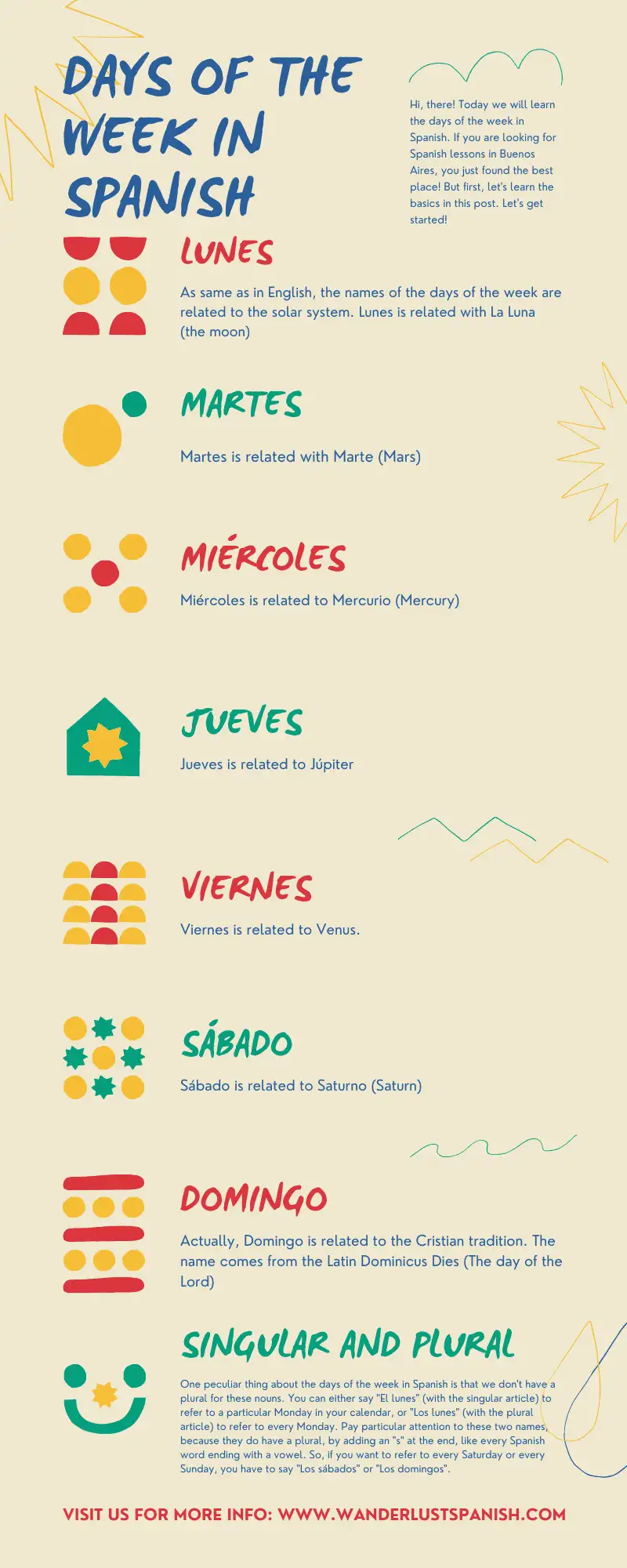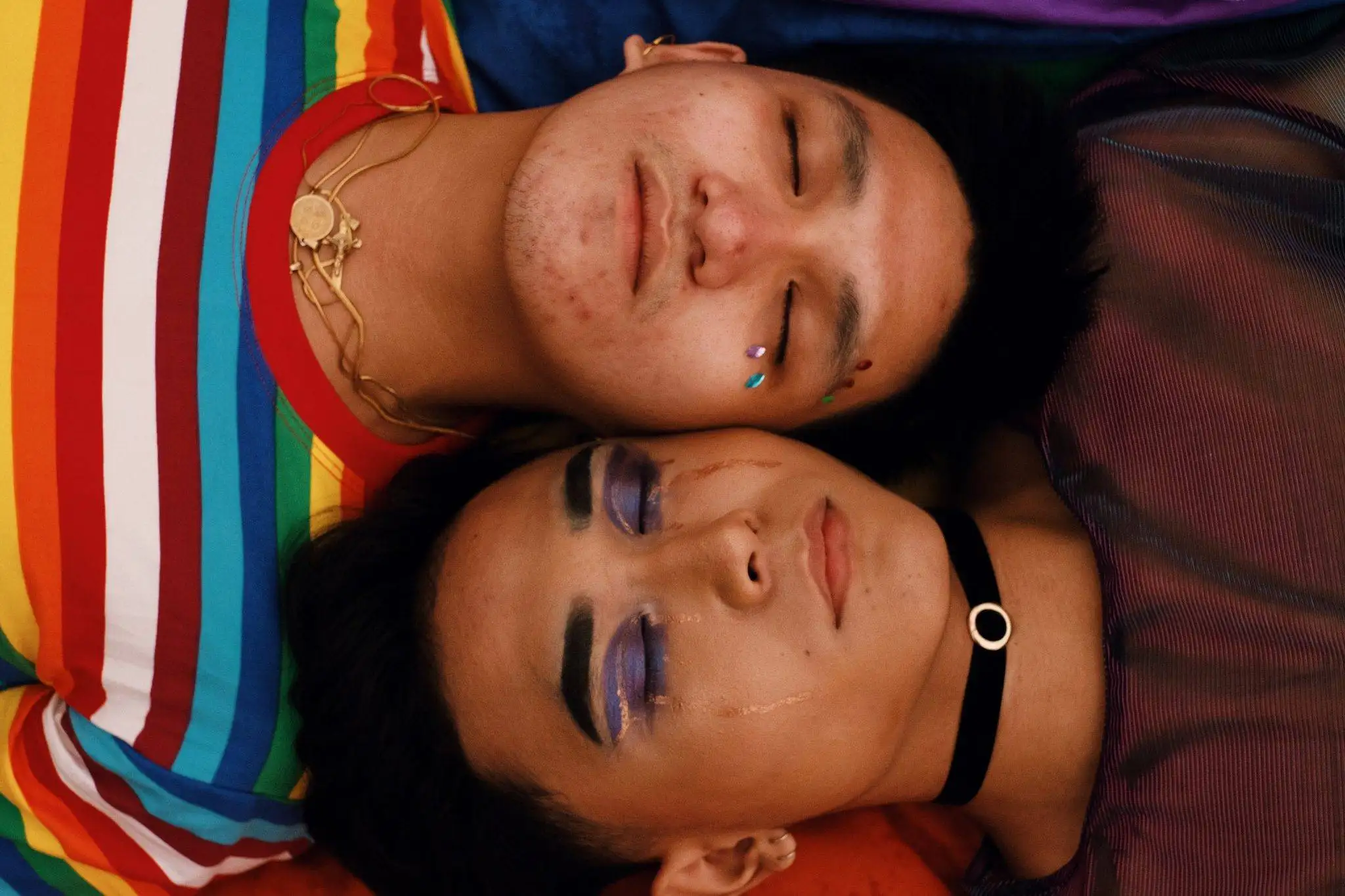Buenos Aires: queer or gay friendly. As it happens in every capital city, Buenos Aires is not like the rest of the country. Buenos Aires is a world apart, with its specific characteristics of a great metropolis and its own peculiarities. Today, the large Latin American capitals turn out to be a striking and welcoming place to live for people from the LGTB + community. But what are the peculiarities of Buenos Aires? Is it really the queer Latin American capital that everyone says?
It is true that Argentina, and especially Buenos Aires, has conquered important rights for the LGTBQI+ community. Examples of that are the equal marriage law (2010) and the gender identity law (2012). The city has many multitudinous events associated with the LGBT + community. The best known is probably the Gay Pride March, which is organized in November, just like the International Festival of Tango Queer. Queer tango seeks to stop associating sex with the roles imposed in this dance.

Buenos Aires: queer or gay friendly
Today the term queer has gained ground over “gay-friendly” because the community does not want to feel accepted, but rather wants to feel visible and respected. It does not look for places where they allow them to express themselves, but places where they feel visible. However, there’re places with the classical LGTBQI+ ‘tags’: a gay disco, a lesbian pub, among others.
There’s actually one pub that has the best sign ever: hetero-friendly. But, you can also find places like Casa Brandon under the name of Queer Culture Club. We think it’s correct to use queer, but it is true that is not that popular in the whole LGTBQI+ circles. It depends on the size of the city, for example. Some people still need to be recognized as lesbians in their communities, before call themselves queers.
Wanderlust Spanish want to show you the real culture. Learn Spanish with us!








